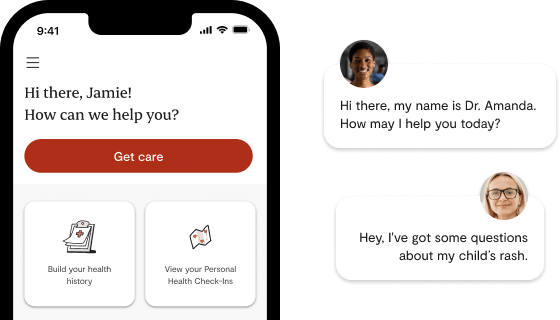The rapid expansion of virtual care has transformed how healthcare is delivered across the globe—and Canada is no exception. From rural communities to urban centers, telehealth has brought medical consultations into patients’ homes. But with this convenience comes a growing concern: telehealth privacy and security.
As healthcare moves online, practitioners and patients alike are asking critical questions:
Is my video consultation secure? Are patient records safe? How do we stay compliant with HIPAA or Canadian privacy laws?
In this article, we explore the privacy and security challenges in virtual care, and how to ensure secure virtual visits that protect patient trust and meet regulatory requirements.
The Growing Importance of Telehealth Privacy and Security
Virtual care has become a lifeline for many—especially during the pandemic—but its rapid rollout has outpaced regulatory clarity. Telehealth privacy security is now a top concern for providers and policymakers.
Practitioner concerns include:
- Uncertainty around data storage locations (especially if using third-party video platforms)
- Risks of patient data being intercepted or misused
- Fear of non-compliance with privacy laws such as HIPAA (in the U.S.) or PIPEDA and PHIPA in Canada
Understanding Regulatory Requirements: HIPAA, PIPEDA, and Beyond
While HIPAA is the most recognized standard for healthcare privacy in the U.S., Canada operates under its own frameworks. In particular:
- PIPEDA (Personal Information Protection and Electronic Documents Act) applies federally
- PHIPA (Personal Health Information Protection Act) governs health data in Ontario
- Provinces like British Columbia and Alberta also have their own regulations
Providers offering virtual care in Canada must ensure platforms and processes align with these laws. This means using encrypted platforms, securing data storage, and being transparent with patients about privacy policies.
How to Ensure Secure Virtual Visits
Whether you’re an individual practitioner or part of a health organization, here are key practices for maintaining secure virtual visits:
1. Use Healthcare-Compliant Platforms
Not all video conferencing tools are created equal. Avoid generic platforms unless they offer end-to-end encryption and data residency options. Choose tools built for healthcare that support consent workflows and record-keeping.
2. Educate Staff and Patients
Even the most secure platform can fail if users don’t follow best practices. Train staff on password management, phishing prevention, and privacy protocols. Help patients understand how to protect their data during virtual visits.
3. Obtain Informed Digital Consent
Before a virtual appointment, practitioners should obtain and document digital consent. Patients need to know what data will be collected, how it’s stored, and their rights under local privacy laws.
4. Monitor and Audit Systems Regularly
Security isn’t a one-time setup. Ongoing monitoring, regular audits, and breach response plans are essential to maintaining trust in digital health systems.
5. Data Localization
In Canada, it’s critical to verify that health data is stored within the country or in compliance with provincial rules. This can be a deal-breaker when choosing telehealth platforms.
Practitioner Concerns: Addressing the Frontline Voices
The arXiv study revealed a gap between policy and practice. Many practitioner concerns stem from the ambiguity around virtual care tools. For example:
- “Are we legally allowed to use Zoom or Google Meet for clinical appointments?”
- “If a breach occurs, who is responsible—me or the platform provider?”
- “How do I balance patient care with administrative compliance?”
Addressing these concerns requires collaboration between tech providers, regulatory bodies, and healthcare organizations. Clearer guidelines, accessible training, and certified platforms will help bridge this gap.
Moving Forward: Trust as the Foundation
As virtual care becomes a permanent fixture of modern healthcare, telehealth privacy and security must be more than a compliance checkbox—it must be a core part of patient-centered care.
Patients will only embrace virtual care when they believe their information is safe. Practitioners will only continue offering it if they are protected legally and ethically. And governments must provide the infrastructure and clarity to support both.










